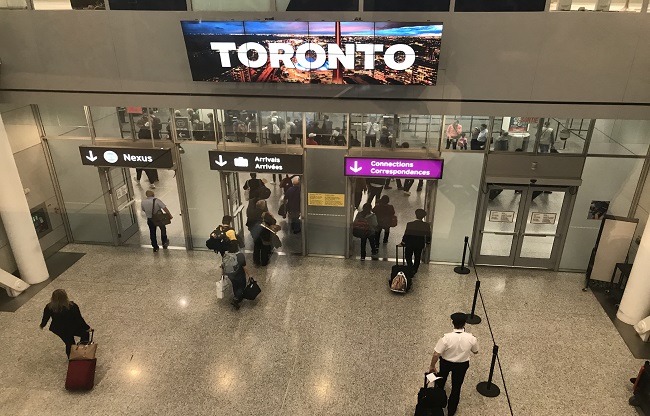Upon landing in Toronto on her routine flight, PIA cabin crew member Mariam Raza vanished. Her note found in Pakistan thanked the company, marking a disturbing trend. Crew members consistently disappear after reaching Canada. Another staff member vanished in January. Last year, seven PIA staffers went missing in Canada, later found to have sought asylum.
Economic hardships fueling disappearances
The trend of flight staff vanishing upon arrival in a foreign, especially developed, country points to a larger exodus driven by poverty and the country's dependence on international aid. Even official figures released by Pakistan's Bureau of Statistics confirmed over 800,000 people left the country last year. Many disappearances, like those of airline crew, go unrecorded.
Why more people disappear after reaching Canada
Last year, seven flight attendants did not return from Toronto. Both male and female staff are included. Rather than being kidnapped, they are seeking asylum, attributed by a PIA spokesperson last November to Canada's generous asylum policies.

Source: aajtak
Asylum-seeking in Canada
Physical presence in Canada is required to seek asylum. According to the UN High Commissioner for Refugees, one can apply directly at the Canadian airport. Proper documentation and a valid reason, such as life threats or political strife at home, are critical.
People often seek asylum in war-torn or disaster-struck countries.
Presence is key for asylum
After asylum is granted, individuals receive refugee status, which could last for years based on the severity of their situation. However, one cannot apply for asylum from outside Canada; presence at an airport, land border, or seaport is mandatory for processing.

Source: aajtak
Measures to prevent staff disappearances
Pakistan is implementing strategies to retain flight attendants. For those that vanish, services and pay are withheld. PIA officials are reportedly keeping staff passports to prevent asylum applications.
Alternative illegal entry methods
Visa overstaying is one method for illegal entry. Oftentimes, tourists or business visa holders stay beyond their permits. These individuals are usually supported by relatives already in the destination country, aiding them in remaining undetected.

Source: aajtak
Is tracking possible for these disappearances?
Illegal refugees are hard to track, though there are punishments if caught. For instance, overstaying in the United States for less than a year can lead to a three-year ban, while staying hidden for more than a year can result in a ten-year ban.
The perilous method of illegal immigration
'Pigeon flying' or 'donkey routes' are used for illegal border crossings, where individuals travel from one country to another using risky routes. This method is dangerous, and includes treacherous terrains and waters, often leading to illness or death en route.
According to the UN Refugee Agency (UNHCR), over 2,500 people attempting to enter Europe last year went missing or died, facing tragedies like shipwrecks, starvation in forests, or severe weather conditions.




